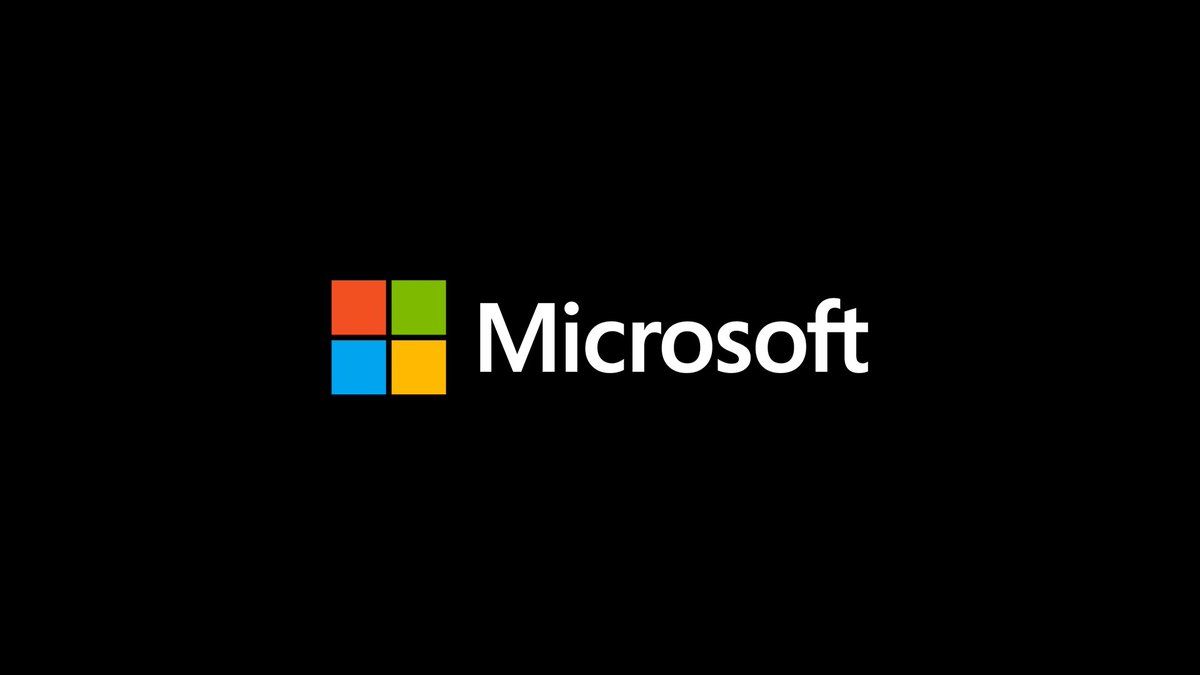Introduction
Microsoft's optical computer promises to make artificial intelligence up to 100 times more efficient, marking a breakthrough in the field. This innovation could drastically reduce energy consumption and speed up AI calculations.
Background
AI's rapid growth has increased demand for energy and computing power. Traditional digital computers, based on billions of switches, face speed and efficiency limits. Microsoft developed a prototype analog optical computer (AOC) that uses light for calculations, inspired by 80-year-old technology.
Direct definition
Microsoft's optical computer uses micro-LEDs and sensors to calculate via light intensity, without digital conversion.
The Challenge
AI requires massive energy and hardware resources. Digital systems' limitations slow innovation and raise operational costs.
Solution / Approach
Microsoft's AOC performs analog calculations, progressively improving solutions until reaching a steady state. This method cuts energy use and overcomes digital speed limits. The system excels at specific AI and optimization tasks, such as image classification and financial management.
Direct answer
The AOC delivers an estimated 100-fold improvement in energy efficiency over traditional hardware.
"The most important aspect the AOC delivers is that we estimate around a hundred times improvement in energy efficiency."
Jannes Gladrow, AI Researcher, Microsoft
Applications and Results
- Image classification: performance matches digital computers
- Medical image reconstruction: AOC digital twin rebuilt an MRI scan with 62.5% of the data
- Financial optimization: higher success rate than quantum computers
Direct definition
The AOC digital twin enables simulation of more complex calculations and variables than the physical prototype.
Limitations and Future Prospects
The AOC is currently a prototype, but adding more micro-LEDs could allow it to handle millions of variables. It's not a universal computer, but excels at specialized tasks.
"Our goal, our long-term vision is this being a significant part of the future of computing."
Hitesh Ballani, Researcher, Microsoft Cloud Systems Futures
Conclusion
Microsoft's optical computer represents a new paradigm for AI, with the potential to revolutionize efficiency and sustainability. Future developments could lead to even more powerful and versatile solutions.
FAQ
- What is Microsoft's optical computer?
It's a prototype that uses light for calculations, boosting AI efficiency.
- How does the optical computer improve AI efficiency?
It avoids digital conversion, reducing energy use and speeding up calculations.
- What are the AOC's limitations?
It's not universal, but excels at specific AI and optimization tasks.
- What role does the digital twin play in the AOC?
It enables simulation of more complex problems and variables than the physical prototype.
- Can the optical computer replace digital systems?
No, it's designed for specialized tasks, not general use.
- What practical applications does the AOC have?
Image classification, medical reconstruction, financial optimization.
- How much more efficient is the AOC than traditional computers?
About 100 times more energy efficient.
- When will Microsoft's optical computer be available?
It's currently a prototype; availability depends on future development.
